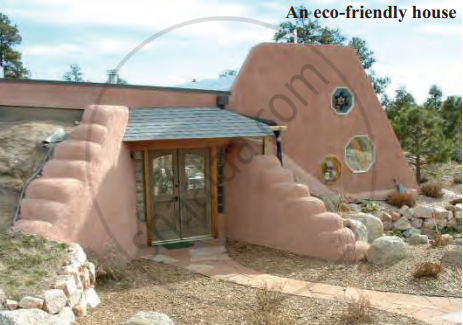Topics
Our Earth and Our Solar System
Motions of the Earth
The Earth and Its Living World
Environmental Balance
Family Values
Rules Are for Everyone
Let Us Solve Our Own Problems
Public Facilities and My School
Maps - Our Companions
Getting to Know India
Our Home and Environment
Food for All
Methods of Preserving Food
Transport
Communication and Mass Media
Water
Clothes - Our Necessity
The Environment and Us
- Deforestation and Its Causes
- Consequences of Deforestation
- Pollution and Its Types
- Water Pollution and Its Causes
- Air Pollution and Its Causes
- Soil Pollution and its Causes
- Environmental Balance
- Our Needs and the Environment
- Global Efforts for Protection of the Environment
- Efforts to Maintain Biodiversity
- Devrais - a Boon for All Living Creatures!
Constituents of Food
Our Emotional World
Busy at Work - Our Internal Organs
Growth and Personality Development
Infectious Diseases and How to Prevent Them
Substances, Objects and Energy
Community Health and Hygiene
Some characteristics of eco-friendly houses:
- Minimum consumption of natural resources: Eco-friendly houses are designed to use as few natural resources as possible.
- Use of non-exhaustible or renewable sources of energy: They use energy from sources that don’t run out, like biogas, wind energy, and solar energy (from the sun).
- Recycling of water: These houses have systems to clean and reuse water, so less water is wasted.
- Recycling of garbage: They recycle garbage to reduce waste and make the best use of materials.
- Avoiding artificial materials and artificial colours: Eco-friendly houses avoid using man-made materials and artificial colours that might be harmful to the environment.
- Provision for natural light and ventilation in the house: They are built to allow plenty of natural light and fresh air inside, reducing the need for electric lights and air conditioning.

If you would like to contribute notes or other learning material, please submit them using the button below.
